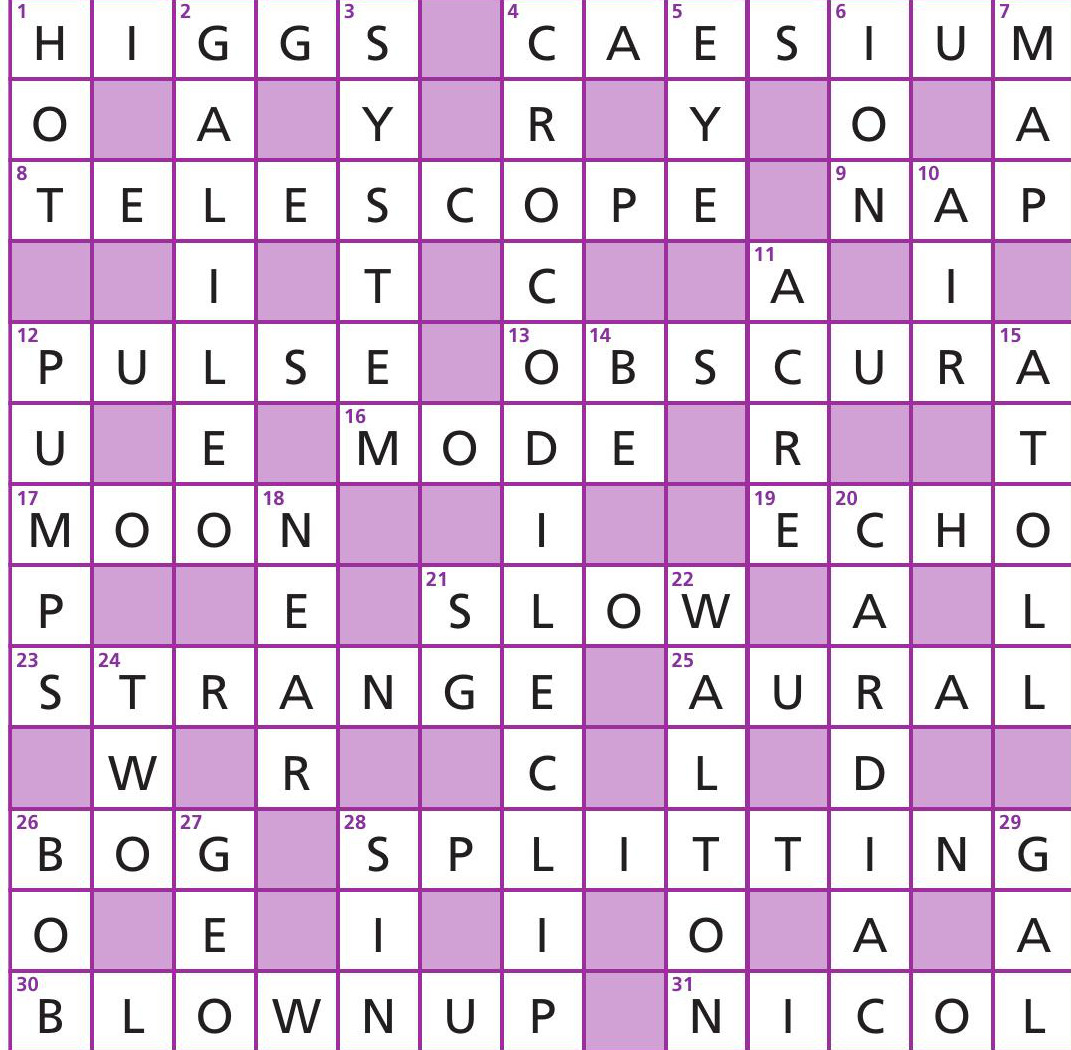
Galileo Galilei (1564–1642), usually known just by his first name, was a major Renaissance figure in both science and the arts. He studied literature and poetry throughout his life and, by all accounts, was a very accomplished musician on the lute He is perhaps best remembered for his study of mechanics and the way in which he did not just accept the wisdom of the day, which was basically the set of untested ‘truths’ about motion and forces that had been stated by Aristotle.
Galileo used innovative experiments and ingenious ways of approaching theoretical problems, which were backed up by mathematics. He did not have calculus and other powerful mathematical methods at his disposal — these were yet to be ‘discovered’ by the likes of Newton — but instead used his mastery of geometry. It was geometry that first set him on his path to a scientific career. His father wanted him to study medicine, and although Galileo was not keen, he was prepared to do what he was told. He then accidentally attended a lecture on geometry, and was so taken by the subject, and his subsequent reading of the works of Archimedes, that he impressed his father with his enthusiasm, and was allowed to change his studies to science and maths.
Your organisation does not have access to this article.
Sign up today to give your students the edge they need to achieve their best grades with subject expertise
Subscribe




